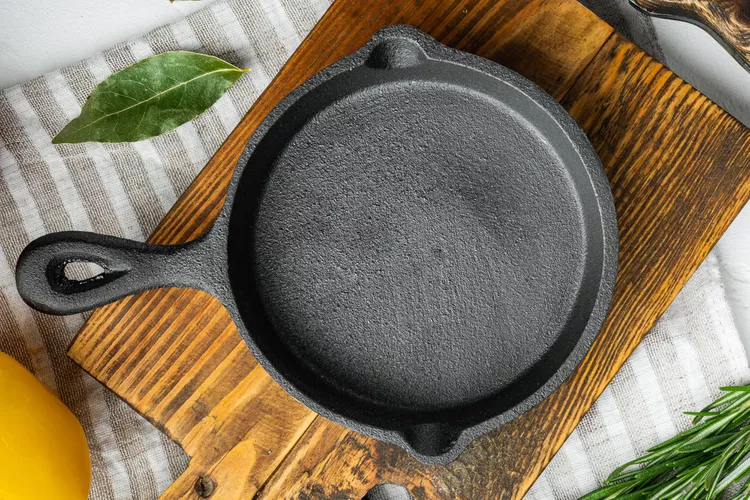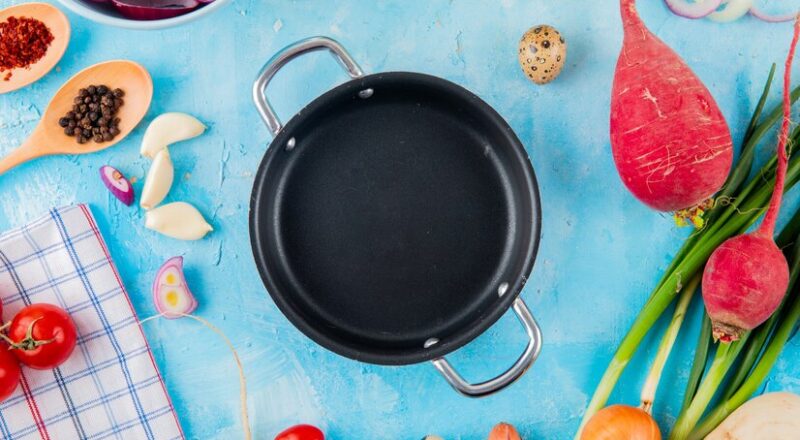Cooking bacon in a cast iron skillet is an age-old practice that many homeowners and renters are delighted to embrace. The rich, smoky flavor of bacon, combined with the unique cooking properties of cast iron skillets, creates a delicious and satisfying dish.

Section 1: Why Use a Cast Iron Skillet?
The use of cast iron skillets has been approved by many chefs and home cooks alike. The tremendous heat retention and even cooking surface make it an ideal tool for cooking bacon.
Durability and Heat Retention
Cast iron skillets are known for their durability. When properly cared for, they can last for generations. The heat retention properties mean that your bacon cooks evenly and thoroughly.
Adding Flavor
One of the terrific benefits of using a cast iron skillet is the flavor it imparts to the bacon. Over time, the skillet will develop a seasoning that enhances the taste of everything you cook in it.

Section 2: Preparing Your Cast Iron Skillet
Before you start cooking, it’s important to prepare your cast iron skillet properly. This ensures that your bacon will not stick and will cook evenly.
Cleaning the Skillet
Make sure your skillet is clean. You can refer to our guide on how to clean a skillet for detailed instructions.
Seasoning the Skillet
Seasoning your cast iron skillet is crucial. A properly seasoned skillet provides a non-stick surface and enhances the flavor of your bacon.
Heating the Skillet
Preheat your skillet on a medium setting for a few minutes. This helps in cooking the bacon evenly.

Section 3: Cooking Bacon
Now, let’s get to the main partcooking the bacon.
Choosing the Right Bacon
Select high-quality bacon as it plays a significant role in the final taste. Organic and thick-cut bacon often work best.
Placing the Bacon in the Skillet
Place the bacon strips in the heated skillet. Ensure they do not overlap to cook evenly.
Adjusting the Heat
Keep the heat at medium to prevent the bacon from burning. Cooking on medium heat ensures a crispy texture and an evenly cooked result.
Flipping the Bacon
Flip the bacon strips using tongs after a few minutes. Continue to cook until you achieve the desired crispiness.
Removing and Draining the Bacon
Once cooked, place the bacon on paper towels to drain excess grease.

Section 4: Serving Suggestions
Bacon cooked in a cast iron skillet pairs well with a variety of dishes. Here are some serving ideas.
Classic Breakfast
Serve your bacon with eggs, toast, and hash browns for a classic breakfast experience.
Bacon Sandwich
Layer your bacon in a sandwich with fresh lettuce, tomatoes, and avocado for a delightful meal.
Salad Topper
Chop the bacon and sprinkle it over salads for added flavor and crunch.
FAQs
1. Can I use other types of pans to cook bacon?
Yes, though a cast iron skillet is preferred for its flavor and even cooking.
2. How can I avoid bacon sticking to the skillet?
Ensuring your cast iron skillet is well-seasoned and preheated can help prevent sticking.
3. What’s the best way to clean my cast iron skillet after cooking bacon?
Refer to our guide on cleaning cast iron skillets for detailed instructions.
For more recipes and tips for using cast iron skillets, check out this guide on simple cast iron salmon.
As an Amazon Associate, I earn from qualifying purchases.

